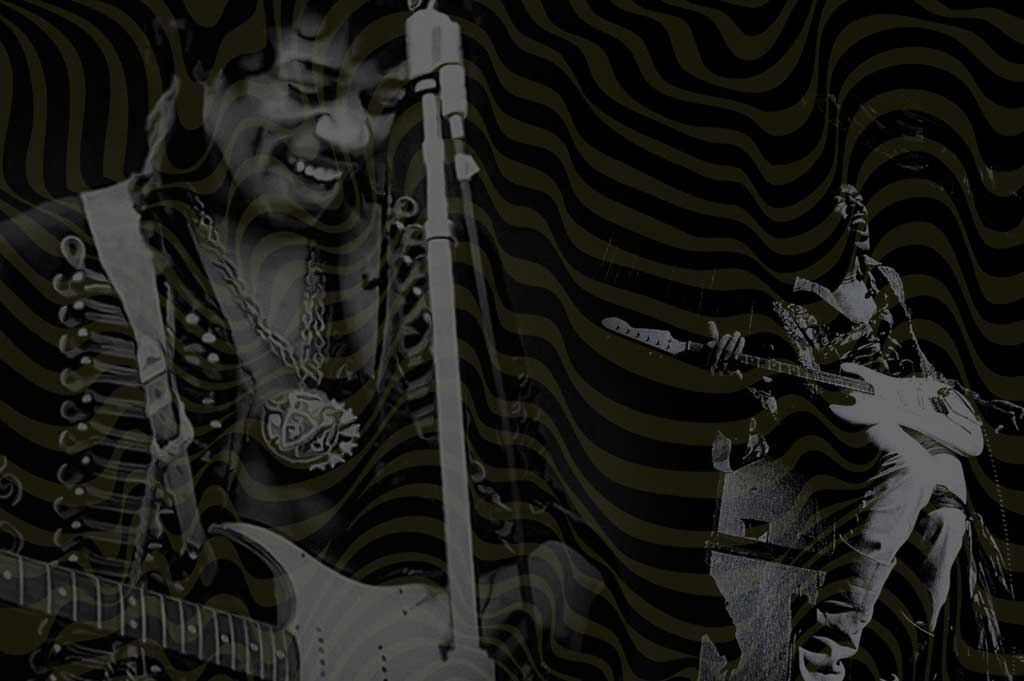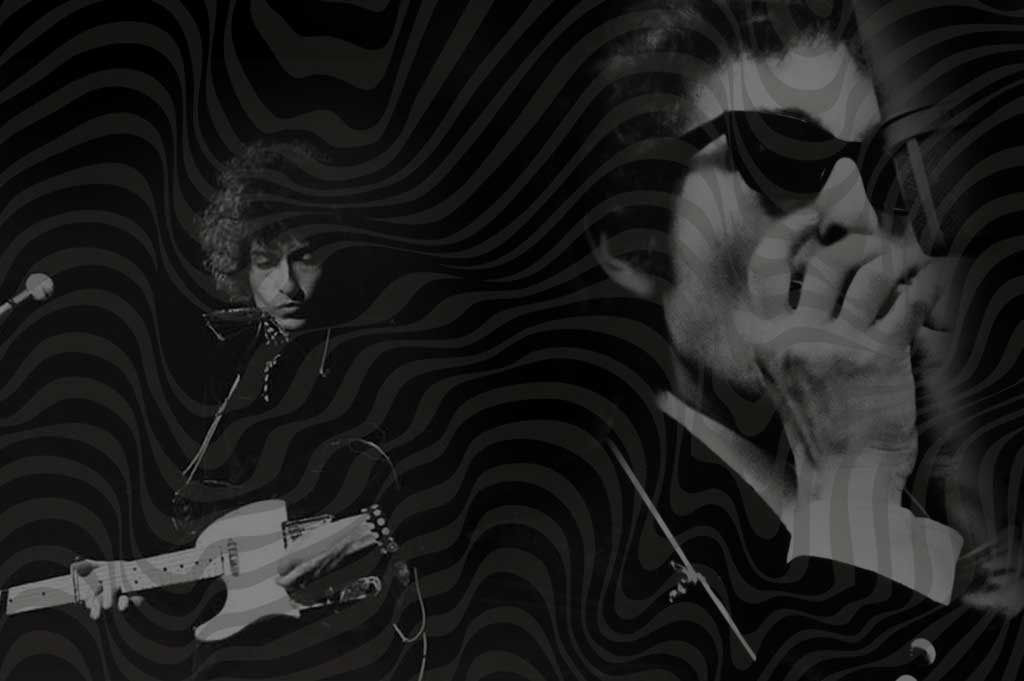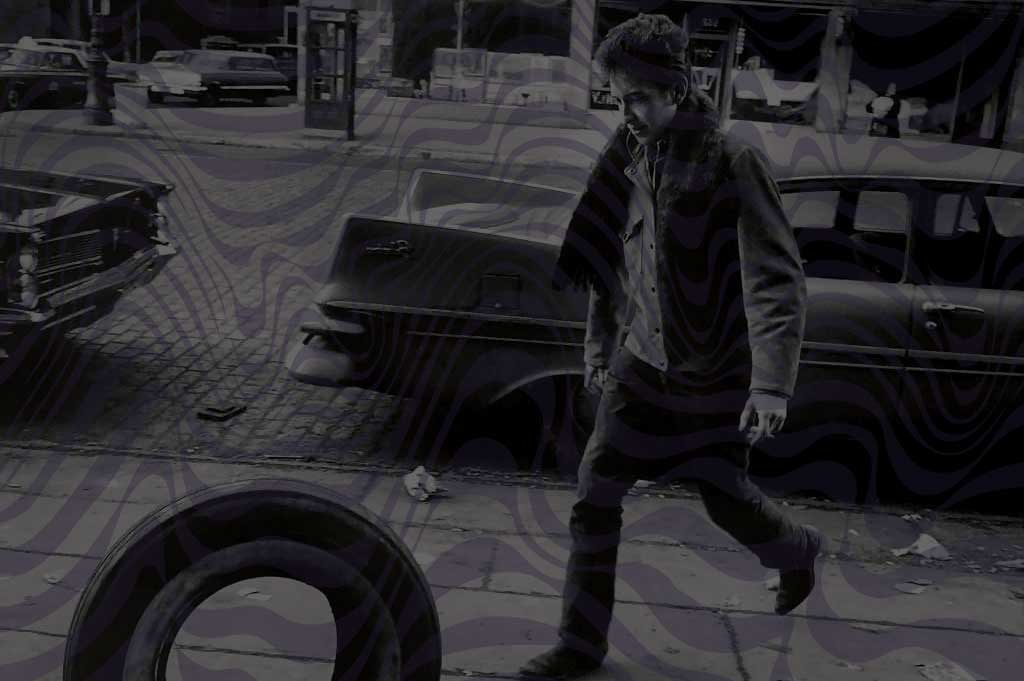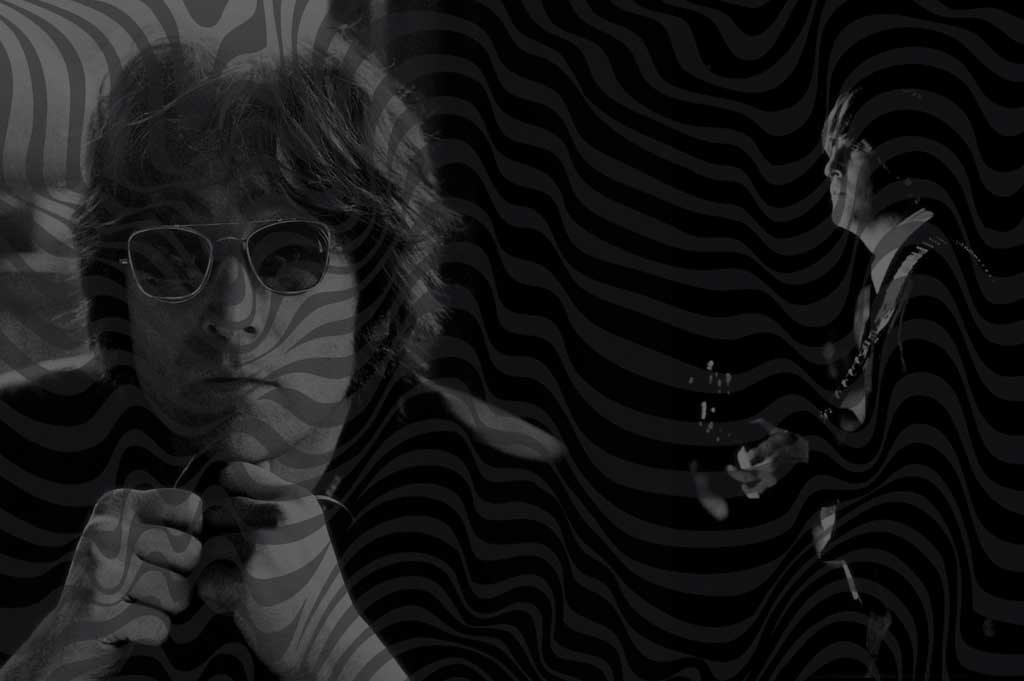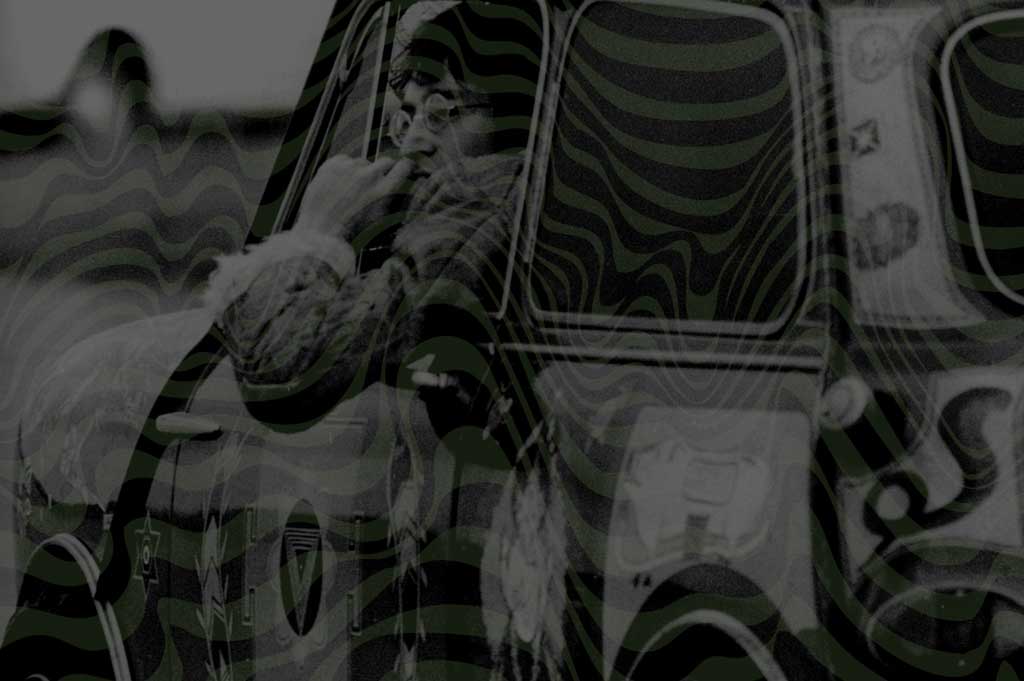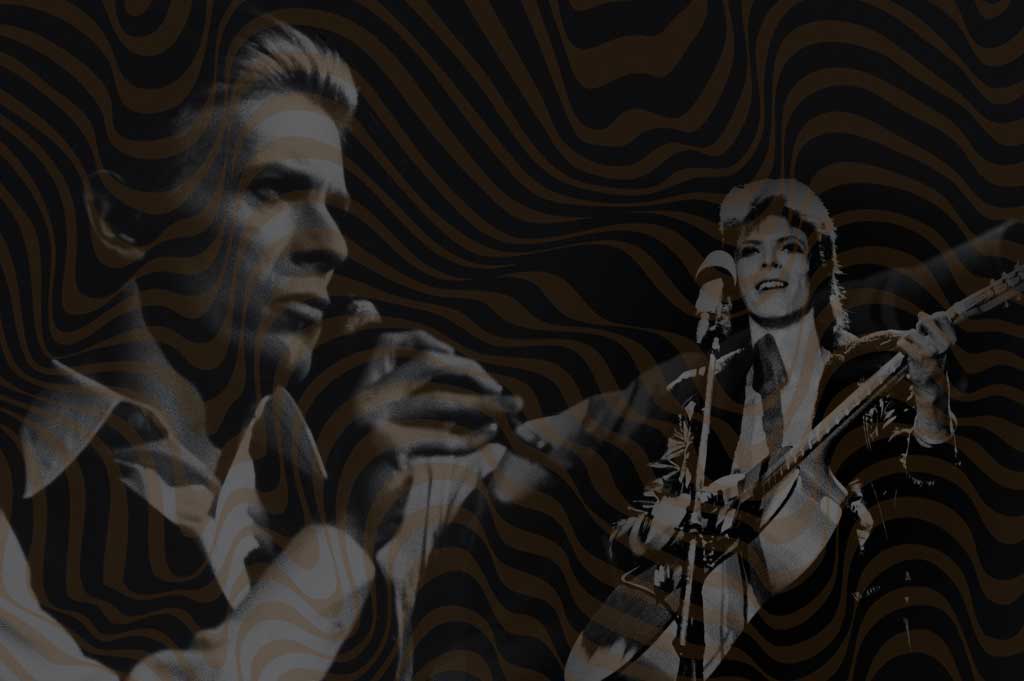“Times always change. They really do.
And you have to always be ready for something
that’s coming along and you never expected it.”[ref]Bob Dylan, MusiCares speech, February 2015. Here’s the complete speech[/ref]Bob Dylan
We’re definitely living in interesting times – with lots of changes just around the corner. I find myself wondering if this change will be forced upon us by some calamity like an earthquake, more droughts, terrorism, a political coup, or some other environmental disaster.
And although I know that change is inevitable, it’s the not knowing part that causes me the most anxiety. My old habit of simply going back to sleep – by watching TV, partying with friends, shopping, or any number of distractions – no longer eases the feeling of dread about what might lie ahead.
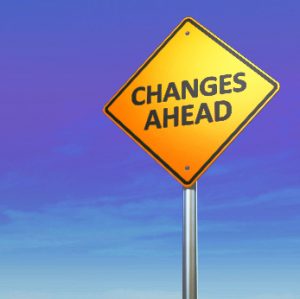
Many of us are looking back to the 1960’s for clues as to what’s happening now. While those times were full of innovation – there was also the war, social unrest, and plenty of tragedies. And, yet it felt like we were on the verge of some revolutionary change. But, then came 1969 and the beginning of the great let down – and the realization that we hadn’t made all the needed transformations. And, soon followed that feeling of falling back to sleep.
And now, even though it feels like similar times, the stakes seem so much higher. What’s needed is some perspective, perhaps a vision – and a shaman can provide that vision. The shaman knows a lot about change. He has transformed himself – and died to his old ways many, many times. And, when the very survival of the tribe is at stake, it’s the shaman who journeys into the spirit world and brings back the necessary vision to light the way.
The good news is that we all have the ability to make these journeys and access that wisdom. And, working with a shaman or a shamanic practitioner can provide the much needed guidance and inspiration. With this wisdom we can change our ways of thinking and perceiving and hold onto that vision. And, with that power we can all dream a new world into being. Each of us has a part to play.
So, where do you begin? If you’re already on this path – that’s great. If you’re new to it – these organizations listed below offer information and guidance – and are a great place to start. Welcome to the journey.
The Foundation for Shamanic Studies http://www.shamanism.org/
Based on the pioneering work of anthropologist Michael Harner – they offer books, articles, and training programs in shamanism and shamanic healing.
The Four Winds Society http://thefourwinds.com/
Founded by Alberto Villoldo Ph.D., a medical anthropologist and psychologist – they offer classes and in-depth training programs in luminous healing and energy medicine.
The School for The Shamanic Arts http://www.schoolfortheshamanicarts.com/
Founded by the Reverend Esther Miriam Jenkins, this school offers a variety of classes that explore shamanic and energetic traditions.








